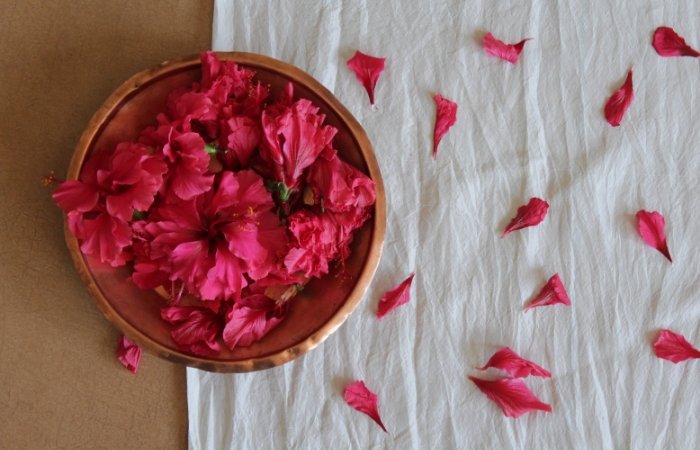Want to make more sustainable and healthy choices in your dyeing tips? This guide from Brown Living explains the differences between natural and synthetic dyes.
An introduction to the ways of slow fashion
“Colour is a power that directly influences the soul”- Wassily Kandinsky
With new sustainable practises being discovered globally every day, our passionate minds never cease to learn. That is why we believe that awareness is a process that grows gradually & spreads eventually.
Many of us have only been recently made aware or discovered what it means to be truly eco-responsible. When it comes to sustainability, one such fast-growing concept is the rise of ‘slow-fashion’.
For those already familiar with the concept, you may have already narrowed down on a host of our favourite sustainable clothing brands. For those of us newly transitioning to this lifestyle, knowledge holds defining value.
In the search for fashion that compliments both, our mindsets and our personal style, we must begin by learning more about the practices that define slow fashion.
One such aspect of sustainable clothing is the practise of using naturally derived, plant-based dyes, in the manufacture of your conscious clothing.
Natural dyes are defined as colorants derived from plants or mineral extracts.
Natural dyes were a concept that arrived years before synthetic ones, with the most popular being Indigo cultivated in our very homeland. In fact, Indigo has now been in use for over 4000 years!
The comparatively contemporary ‘Artificial’ dyes are made synthetically from chemicals and are not naturally derived.
The invention of dyes has proved revolutionary for the fashion industry worldwide. Through various dyeing techniques and products (both natural and artificial), brands are able to produce a creative set of bright clothing in different styles & hues.
Initially, synthetic alternatives swiftly took over global fashion, owing to their cost-effectiveness and ease of adaptability. In recent times, increasing awareness about their eco-hazard and the inhumane working conditions at dye factories has led to designers consciously re-branding. Plant-based dyes in contrast, are non-toxic & non-allergenic. Additionally, natural dyes neither contain harmful chemicals nor carcinogens- a factor often attributed to synthetic dyes.

Adoption of natural dyes helps preserve the environment and lower human inter-dependence on harmful products. They are also highly biodegradable. Clothing made using organic fabrics and natural dyes are highly recyclable, hence lowering the waste-impact of the fashion and clothing industries globally.
Something Sustainable is one such eco-fashion pioneer, that has created a brand based entirely on the ideologies of sustainability and conscious fashion. The brand works with smaller artisan communities to create naturally-dyed collections in GOTS-certified fair-trade factories. Their fashion ideology lies in creating clothes for the modern-day conscious consumer using 100% organic fabrics & ethical production practises.

Basal Studio is another such lifestyle brand, that crafts eco-printed textiles using natural dyes. They have a range of kaftans, scarves and other apparel while also creating home linen that is completely eco-dyed, and made using repurposed flower petals.

Other local brands like Rangaai & India Craft Art undertake the use of these natural dyes to create a range of bright stoles, dupattas & bed sheets.
Despite modern transitioning, and globalisation, the art of using natural dyes has always remained prevalent amongst the cottage & handicraft clothing industries across India. Besides the famed Indigo, the use of Turmeric, Onions, Jack fruit & Hina have been some of the common techniques adopted by our local artisans.
Now, with the world become sensitive to the needs of our planet, several fashion brands, both big and small have realigned their focus entirely towards ethically made, sustainable clothing using earth-friendly raw materials like natural & plant-based dyes.
When it comes to making a statement, your clothes speak for you...! So, the next time you shop, read your labels & identify which of your clothes are truly sustainable. Be it dyes, fabric or the packaging, shop locally & responsibly.



Share:
Empowering Women: One Underwear at a Time
10 Sustainable Bathroom Swaps